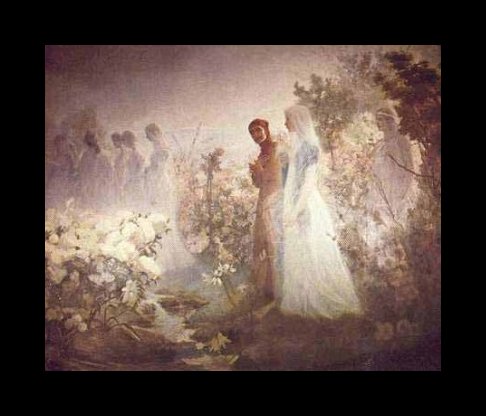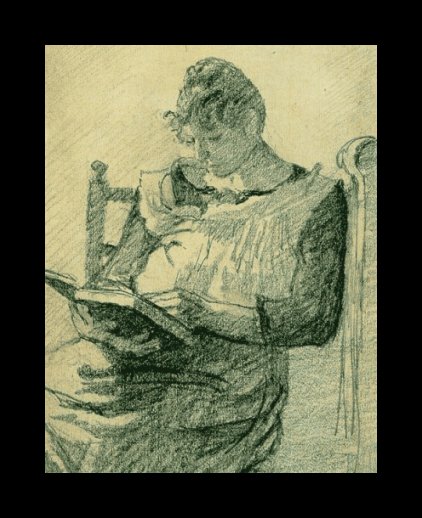Cristobal Rojas (1857-1890)
Get a Rojas Certificate of Authenticity for your painting (COA) for your Rojas drawing.
For all your Rojas artworks you need a Certificate of Authenticity (COA) in order to sell, to insure or to donate for a tax deduction.
Getting a Rojas Certificate of Authenticity (COA) is easy. Just send us photos and dimensions and tell us what you know about the origin or history of your Rojas painting or drawing.
If you want to sell your Rojas painting or drawing use our selling services. We offer Rojas selling help, selling advice, private treaty sales and full brokerage.
We have been authenticating Rojas and issuing certificates of authenticity since 2002. We are recognized Rojas experts and Rojas certified appraisers. We issue COAs and appraisals for all Rojas artworks.
Our Rojas paintings and drawings authentications are accepted and respected worldwide.
Each COA is backed by in-depth research and analysis authentication reports.
The Rojas certificates of authenticity we issue are based on solid, reliable and fully referenced art investigations, authentication research, analytical work and forensic studies.
We are available to examine your Rojas painting or drawing anywhere in the world.
You will generally receive your certificates of authenticity and authentication report within two weeks. Some complicated cases with difficult to research Rojas paintings or drawings take longer.
Our clients include Rojas collectors, investors, tax authorities, insurance adjusters, appraisers, valuers, auctioneers, Federal agencies and many law firms.
We perform Cristobal Rojas art authentication, appraisal, certificates of authenticity (COA), analysis, research, scientific tests, full art authentications. We will help you sell your Cristobal Rojas or we will sell it for you.
Said to be one of the most important Venezuelan painters of the 19th century, Cristobal Rojas was not initially destined to become a great painter. The son of a doctor, Rojas enjoyed drawing as a boy, but at age 13, his father died and he had to work at a tobacco factory to support his family.

An 1876 earthquake flattened his home in Miranda, and his family moved to Caracas. Here, Rojas finally was able to study art at the Central University of Venezuela. Many of his first paintings depict the devastation in Miranda, and are done in oil. In his early years as a painter, Rojas also helped to decorate cathedrals around Caracas, working along Antonio Herrera Toro.
By 1884, Rojas was on his way to study in Paris on a scholarship. Inspired by works at the Louvre, Rojas dedicated himself to studying the old masters, which can be seen in his work. Specifically, Rojas’ work was greatly influenced by Rembrandt, as can be seen in his obvious use of chiaroscuro shading. Rojas also became friendly with some of the earliest Impressionists, and even took cues from Degas. This flirtation with Impressionism can clearly be seen in his 1887 self-portrait.

During this time in Paris, the themes of Rojas’ work were heavily influenced by the writings of Dante, family and religious themes. During this time, he lived with fellow artist Emile Boggio and belonged to a group of Venezuelan artists that embraced Dutch styling. Boggio was particularly influential to Roja’s work during his style transition from early Latin American symbolism to more European styling, particularly while he was painting “Dante and Beatriz to the Borders of Leteo”.

In 1890, Rojas’ health began to decline due to the onset of tuberculosis, and he had to return to Venezuela. Shortly after his return, he tragically died, very young and very early into his artistic career.
Rojas’s work is a strange collaboration of post-Romantic and Latin American symbolism. It can be assessed that his work pre-Paris (1876-1884) is consistently more favored to Latin American styling, and his work while living in Paris (1884-1890) is decidedly more influenced by European styles.
Although Rojas typically painted in oil, he also left a number of charcoal sketches behind.

Due to Rojas ever-evolving style (from Latin American symbolism to post-Romanticism, to Classical and Impressionism) his work can be extremely hard to authenticate for some. Even though his artistic career was relatively short-lived (13 years) he left behind a great legacy and remains one of the greatest Venezuelan artists of all time.
Today, Rojas work is housed in Venezuela and in public and private collections world wide. Rojas even had a school of design named in his honor in Caracas, Venezuela (The Cristobal Rojas School of Visual Arts).
Reviews
1,217 global ratings
5 Star
4 Star
3 Star
2 Star
1 Star
Your evaluation is very important to us. Thank you.
